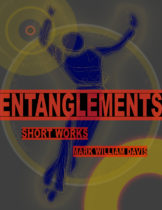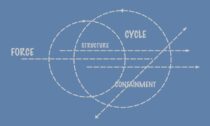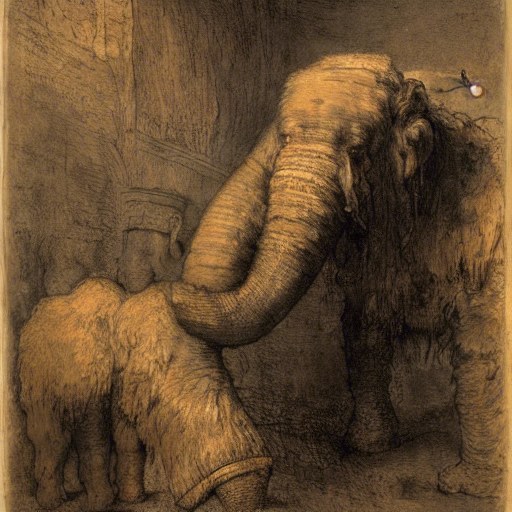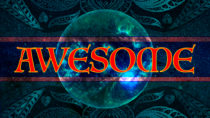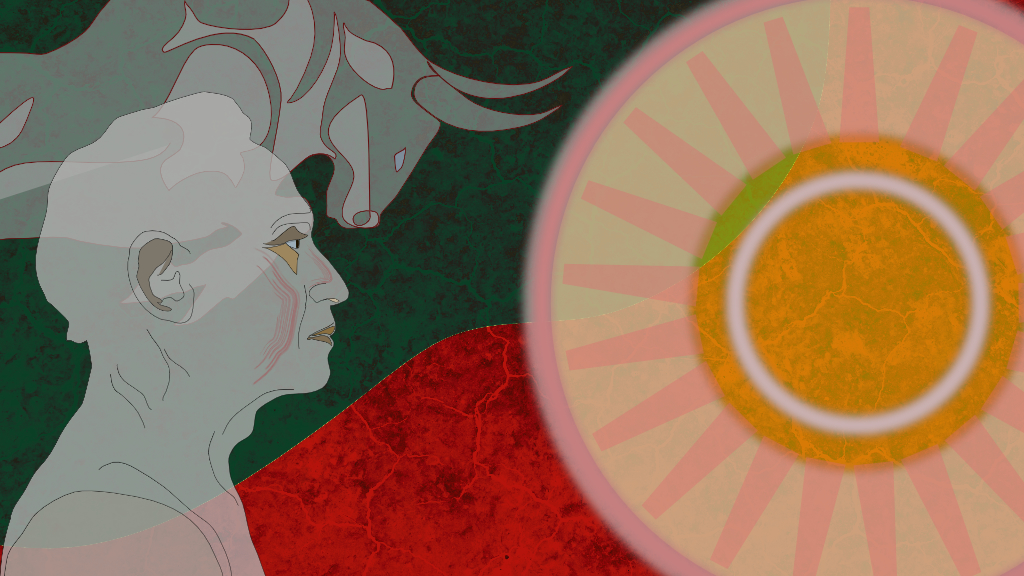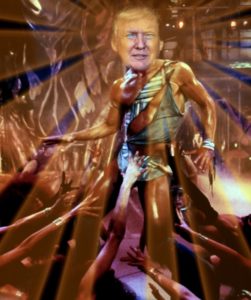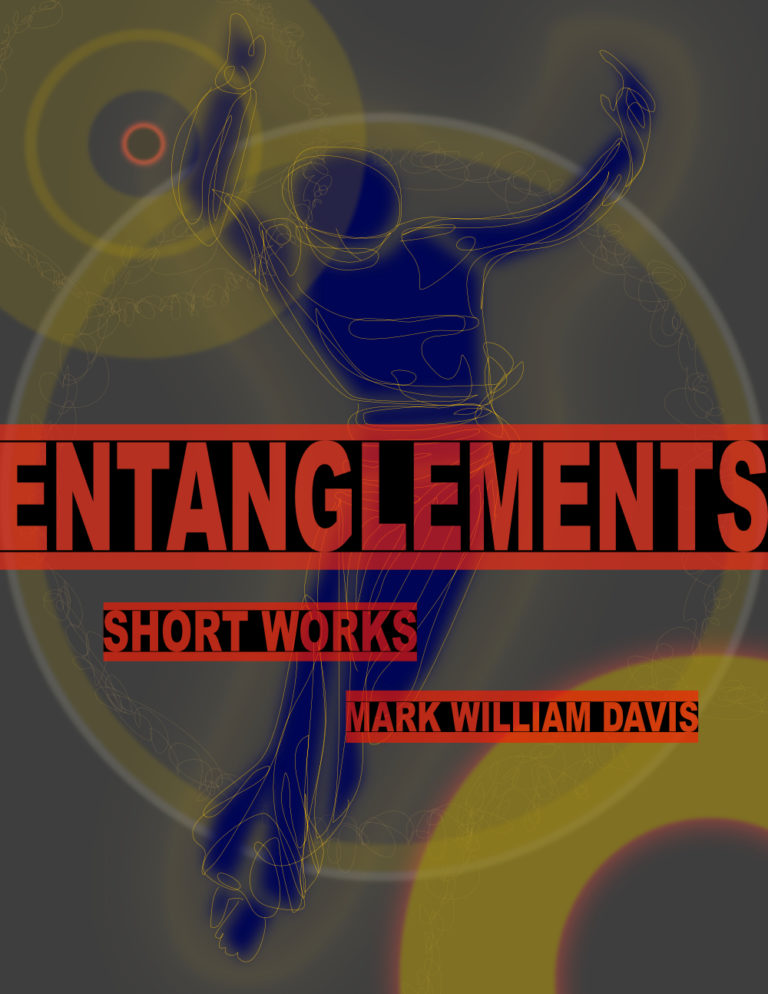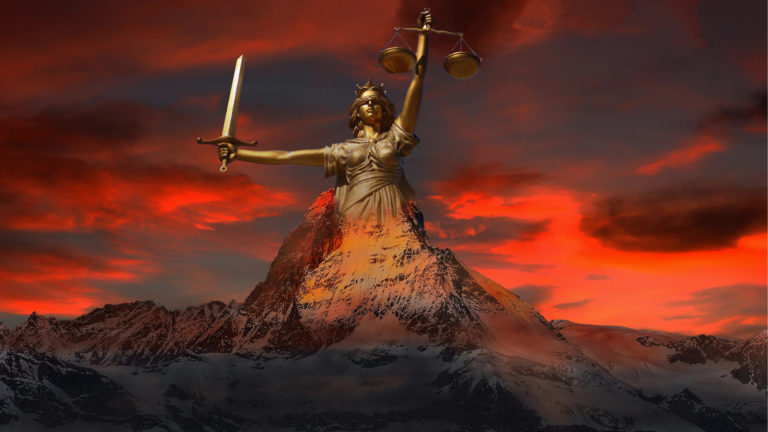“Martini Shot” is my 2022 submission to the Desert Exposure writing contest. My exceptional colleagues at Las Cruces Writers took Grand Prize (Efrem Carrasco) and Honorable Mention: Poetry (Fenton Kay). Now a citizen of PDX, I will not submit in 2023 and will let the writers of LCW proceed uncontested! “Martini Shot” dabbles in regional New Mexico themes of alien encounters and filmmaking through a mildly experimental lens. It will appear in my upcoming book of short works, Entanglements, scheduled for release in time for holiday gifting to those you wish to imperil with challenging ideas. Of mild amusement: the short story originally came in at 3,998 words after early editing. I stretched it to exactly the story contest limit of 4,000 words as a demonstration of vigor.
Martini Shot
Dogs lollop away from their owners in the summer mornings, circuitously sniffing their way into the water, emerging again in a fierce cloud of sandy mud, vapor, and the aura of dank fur. They tromp down the tangled reeds into mats. The mats are in chaos, hinting at a raft for alighting birds or an ineffective palisade along the river’s bank. Between the tamarisk—invaders with deep tap roots that salt the ground against native plants—an egret tiptoes over a mat, raises her wings briefly as if to begin flight, then redirects her face into the water. Her head reappears, moments later, and a minnow flexes as the bloom of dawn halos the eastern range.
Protected, channeled, dammed, metered, and strangled, the Rio Grande is a sandy run for ATVs in the winter, but even then it remains the hopeful vein that organizes the land and ancient economy of this southern valley stretching along the Organ Mountains.… Read the rest
